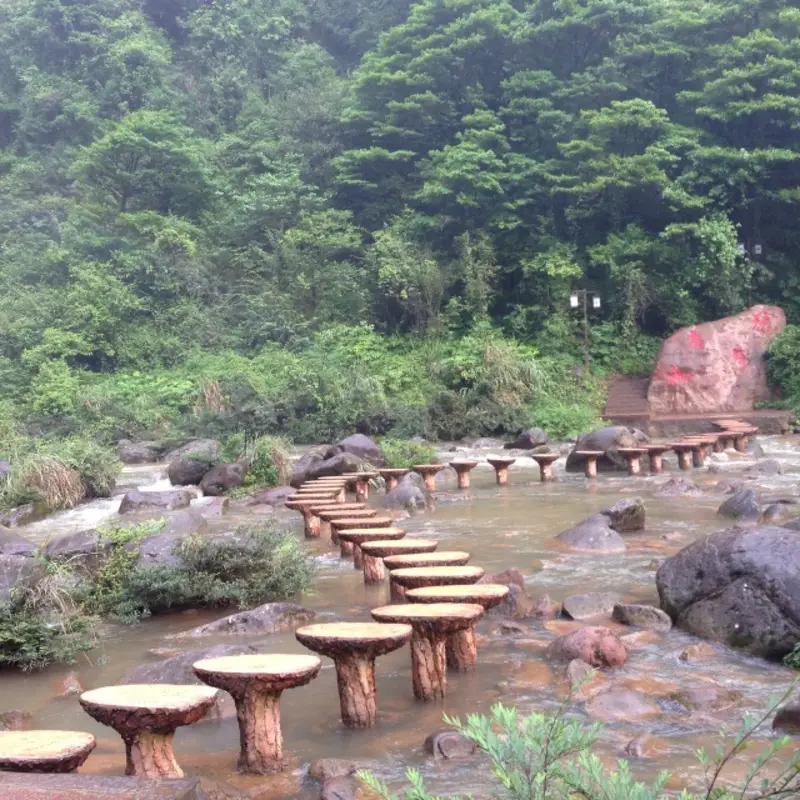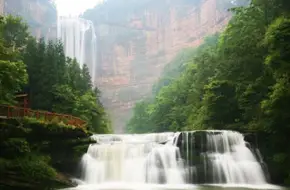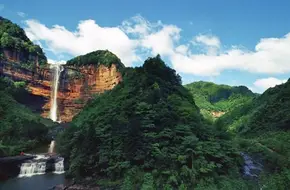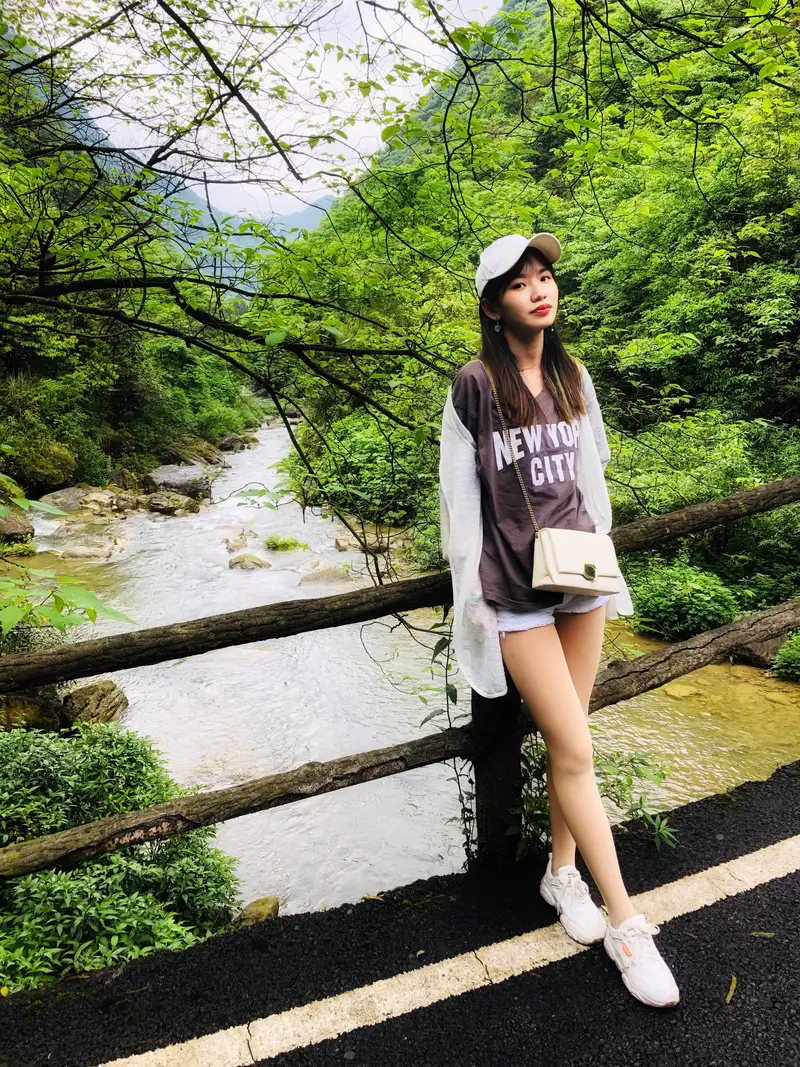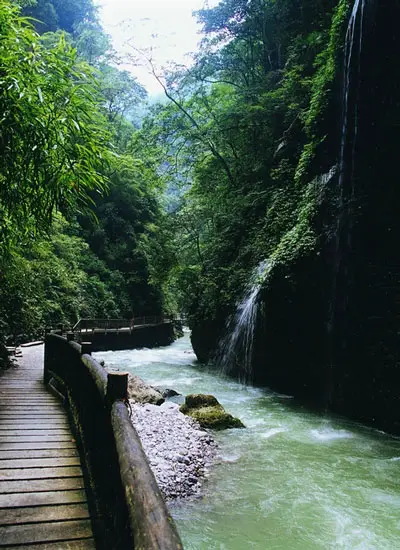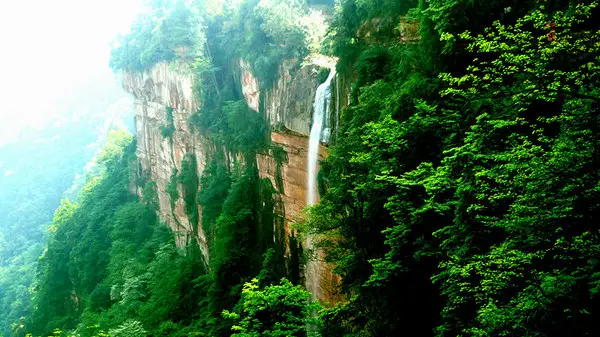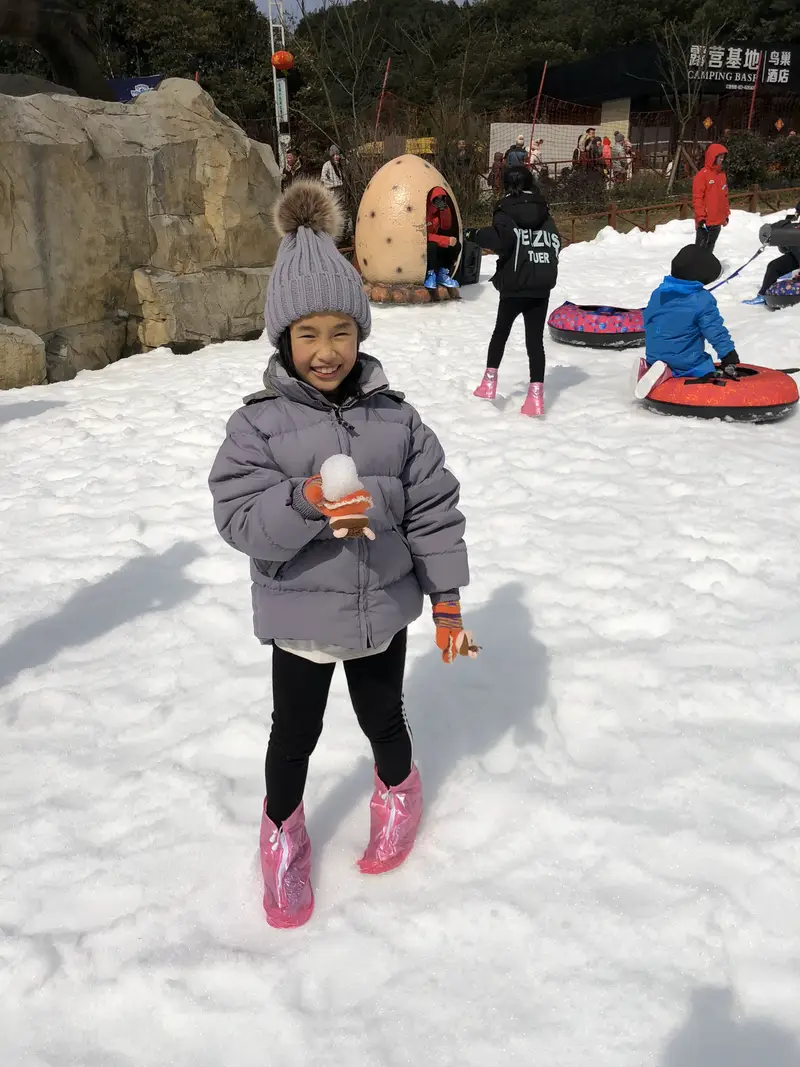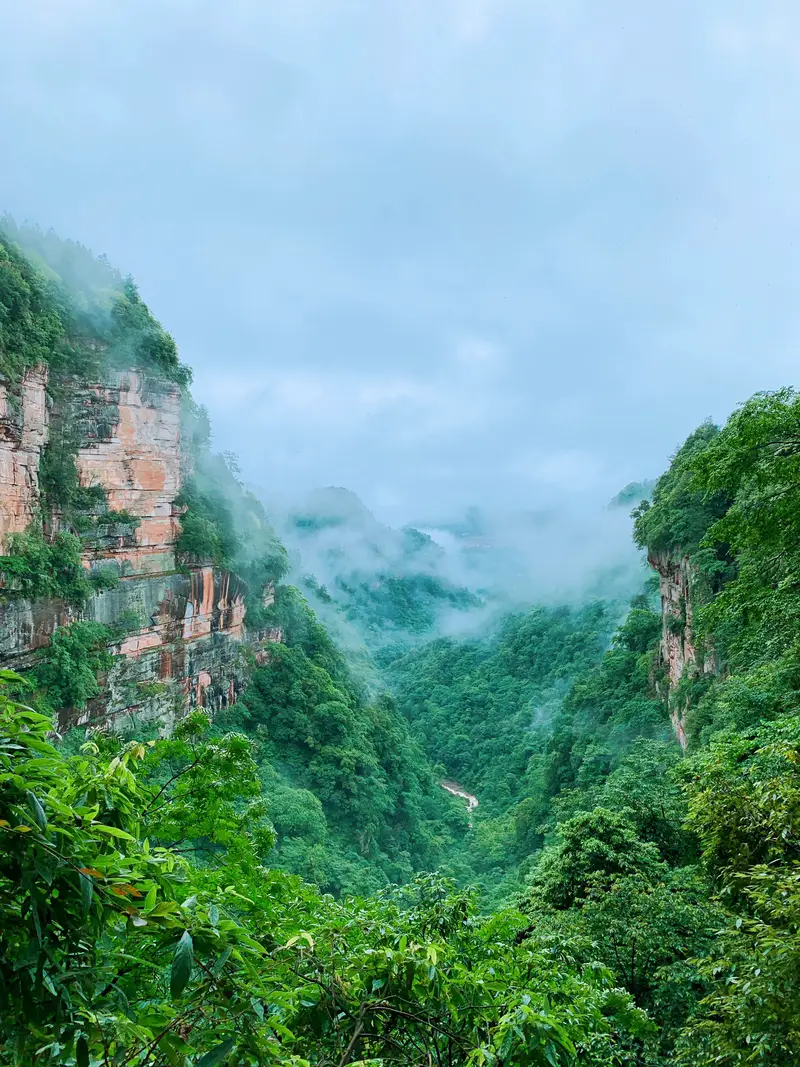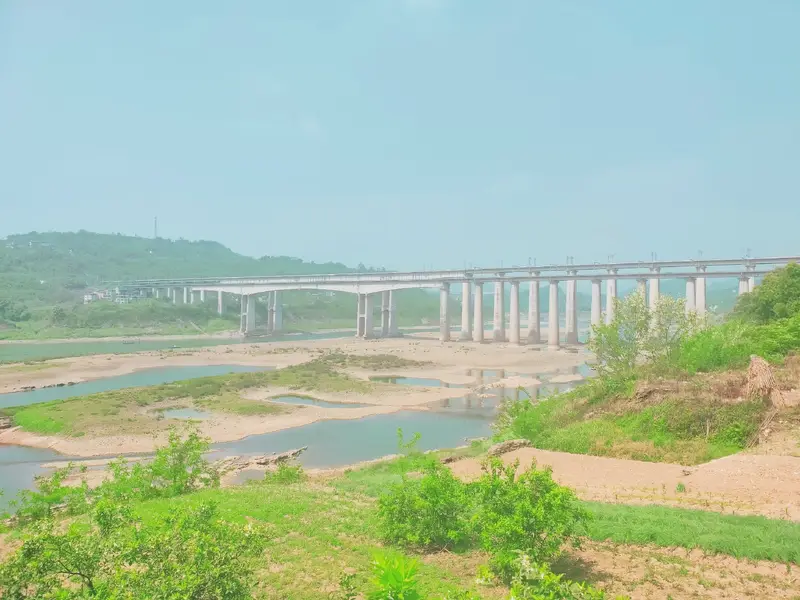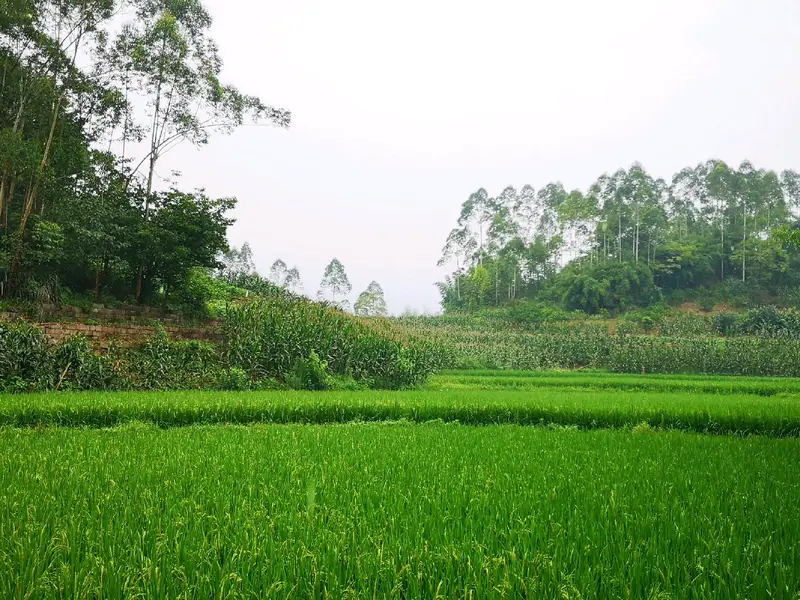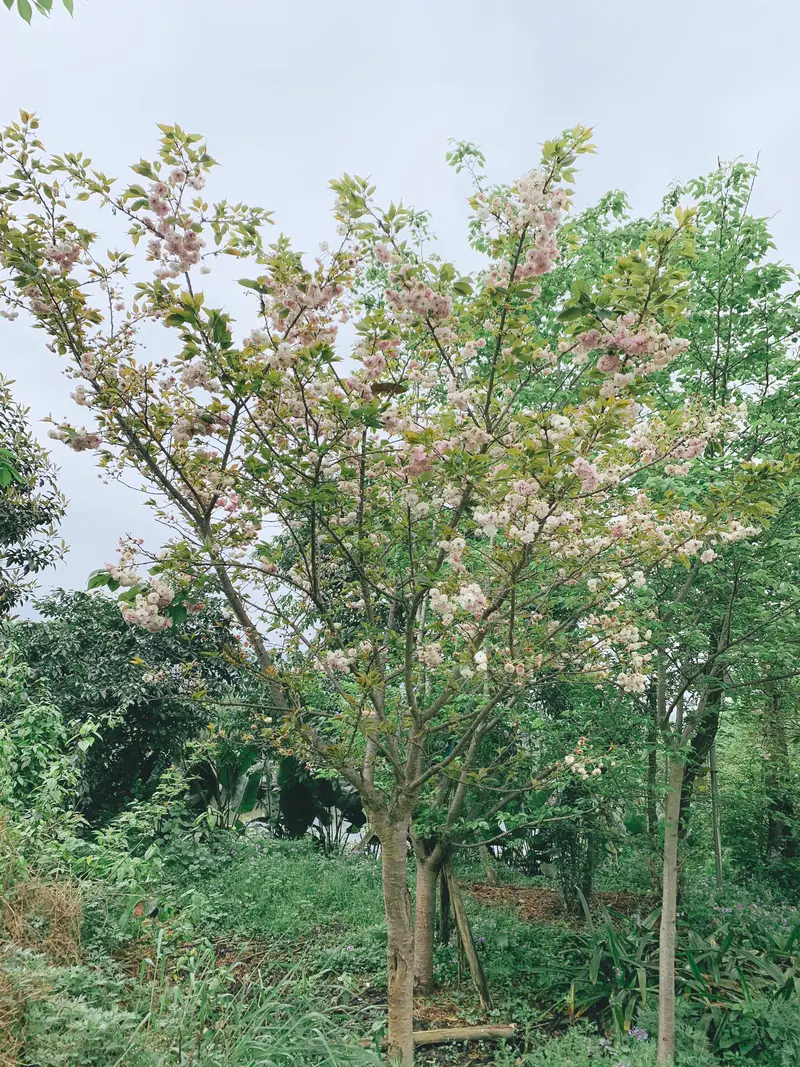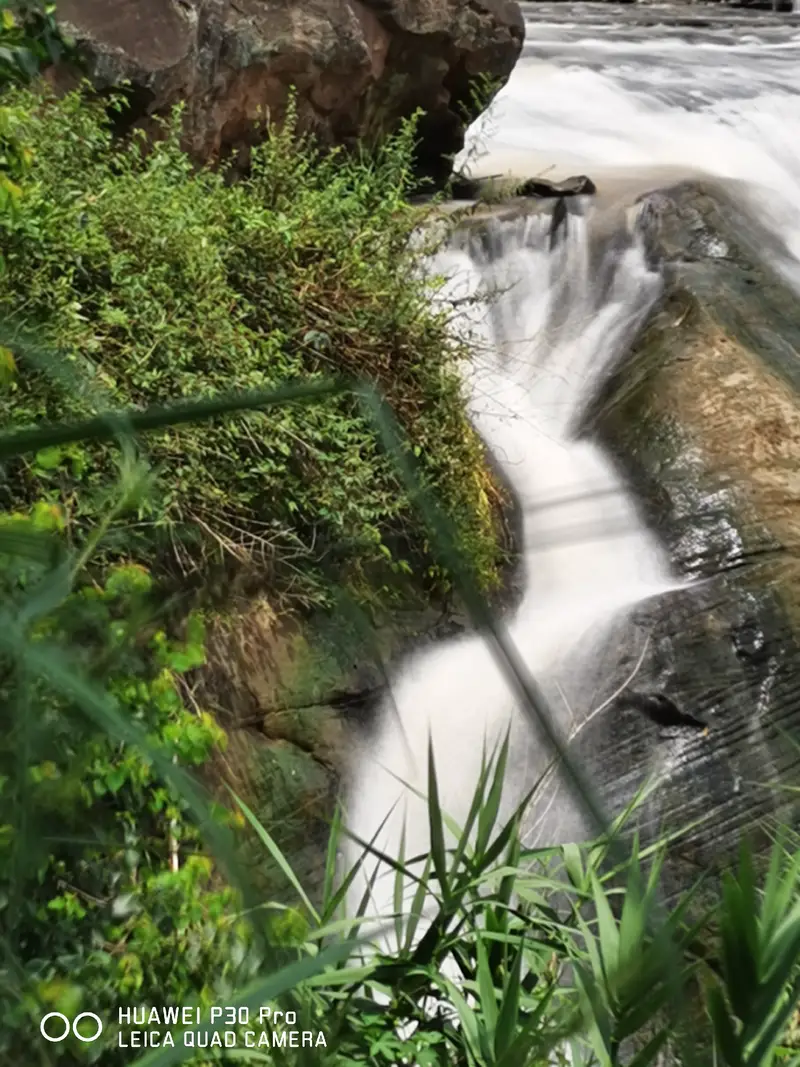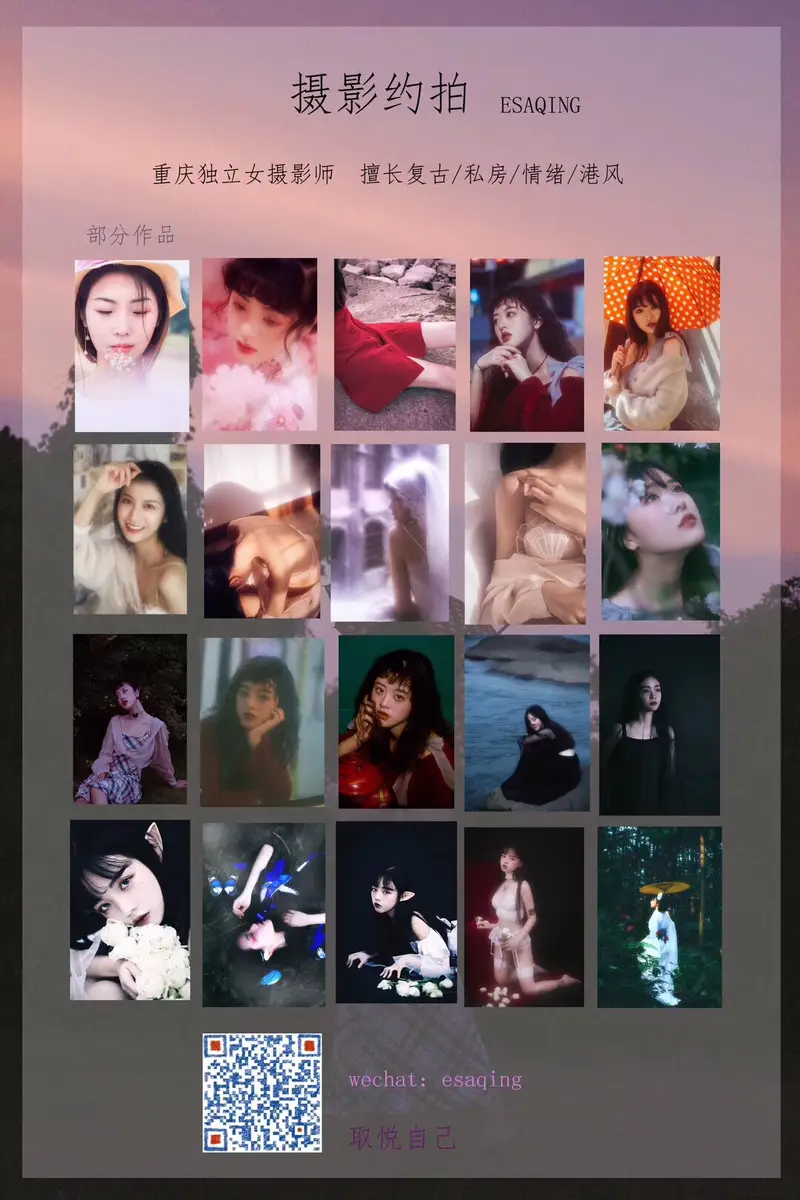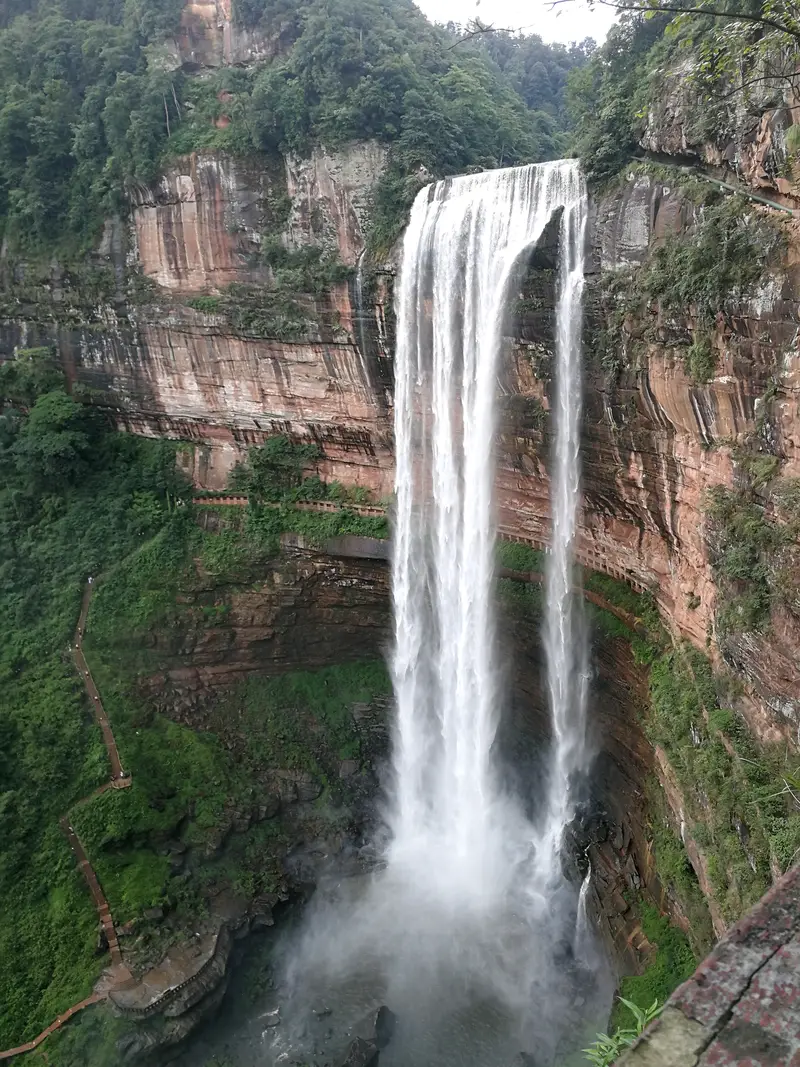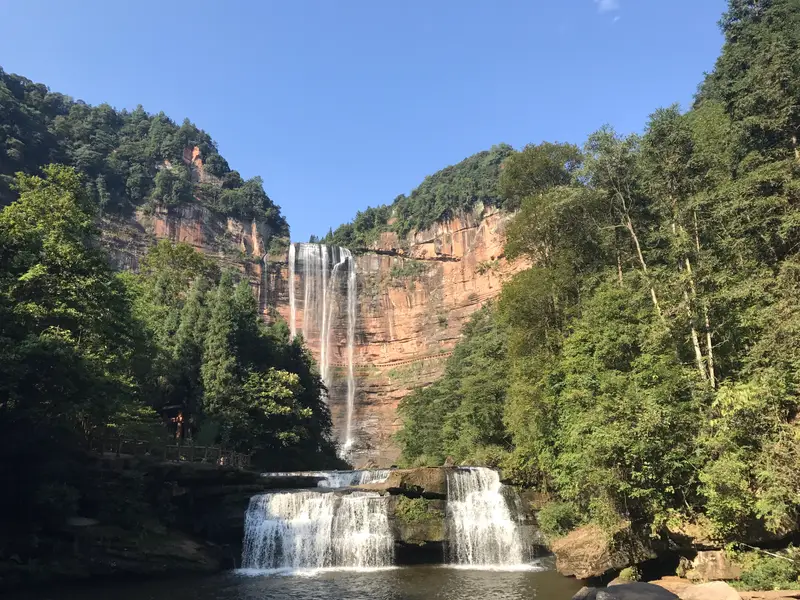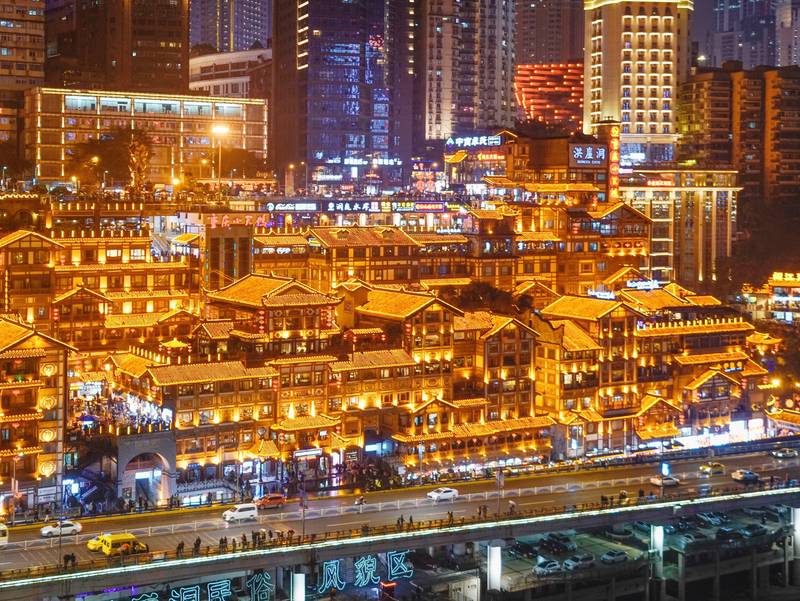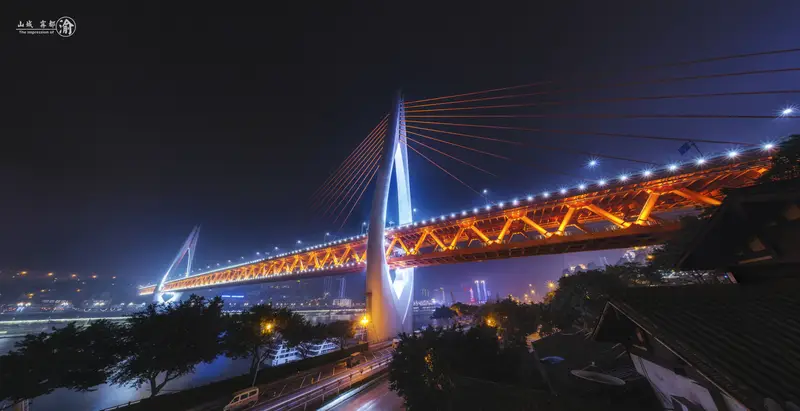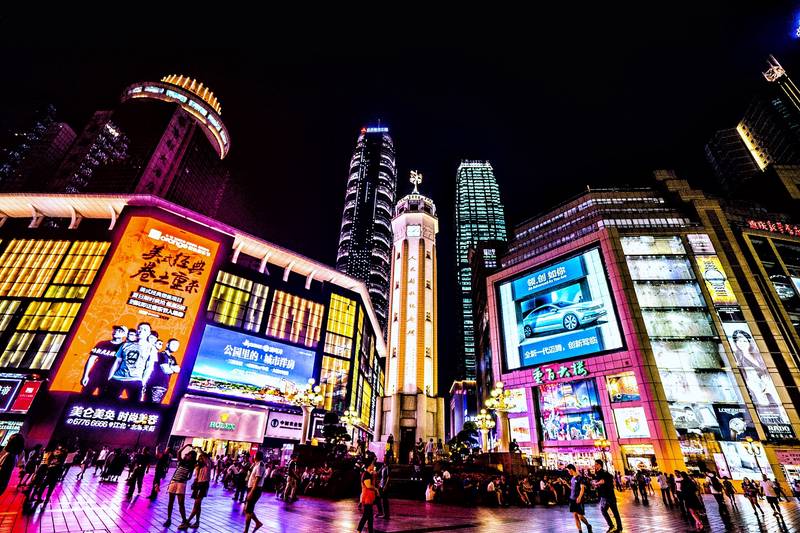Geographical Location & How to Get There
Wangxiangtai Waterfall, located in the Sijiang Mountain National Scenic Area of Jiangjin, Chongqing, is a hidden gem about 137 kilometers southwest of downtown Chongqing. To reach this natural wonder, you’ll need to embrace a bit of adventure. The closest city is Chongqing, and from there, you can drive for around 2–3 hours through winding mountain roads (be prepared for stunning cliffside views!). If public transport is your jam, take a bus from Chongqing South Station to Jiangjin, then transfer to a local shuttle heading to Sijiang Mountain. The final stretch involves a short hike or a scenic tram-style ride—totally worth it for the grand finale at Wangxiangtai Waterfall.
Natural Landscape: A Waterfall Like No Other
Let’s talk about Wangxiangtai Waterfall—this isn’t just any waterfall. Standing at 158 meters tall (that’s taller than a 50-story building!) and 48 meters wide, it’s a jaw-dropping cascade of water plunging into a misty gorge. For reference, it’s over twice as tall as Huangguoshu Waterfall, China’s most famous waterfall. When the sun hits the mist just right, you’ll see rainbows dancing in the air. Locals call it “China’s Tallest Waterfall,” and honestly? The photos don’t do it justice. The sound is deafening, the spray cools you down even on hot days, and the sheer scale makes you feel tiny—in the best way possible.
Cultural Backstory: Why “Wangxiangtai”?
The name Wangxiangtai (“Homesickness Platform”) comes from an old legend. Long ago, a scholar named Fan Gongyan was exiled here. He built a wooden platform to gaze toward his homeland in the north, hence the name. Today, the viewing deck still offers panoramic views, but instead of sadness, visitors feel pure awe. You’ll find carved poems and stone tablets near the entrance, giving a peek into the area’s history. It’s not a massive “cultural attraction” like a temple, but the story adds a layer of emotion to the raw nature.
Practical Tips: What to Expect
Wangxiangtai Waterfall is easy to explore. A wide, well-marked path leads you right to the viewing platforms, so no steep climbs required. Here’s what to know:
- Best Time to Visit: Late spring to early autumn (April–October) when the water flow is strong. Afternoon light makes the mist extra magical.
- Photo Ops: The top view is classic, but walk down to the lower platforms for a closer (and wetter!) perspective. Bring a waterproof phone case!
- Family-Friendly: Strollers can access most areas, and there are shaded rest spots. Just keep kids away from the railings—the drop is serious!
Extra Perks: More Than Just a Waterfall
Beyond Wangxiangtai Waterfall, the Sijiang Mountain area has plenty to offer. Hike the Big Bamboo Forest Trail (prepare for serenity and mild exercise), or visit the Lover’s Stone—a heart-shaped rock formation with a cheesy but fun love story. For foodies, the nearby villages serve Chongqing hotpot with a side of mountain breeze. Pro tip: Try the mushroom stir-fry—local wild mushrooms are a specialty.
Insider Hacks for Your Trip
- Skip the Crowds: Go mid-week. Weekends get packed with tour groups.
- Dress Smart: Wear grippy shoes (it gets slippery!) and bring a light raincoat.
- Nearby Stays: Book a cabin in Sijiang Mountain for sunset views. Many have hot pot delivered straight to your door.
Wangxiangtai Waterfall isn’t just a tick-off sight—it’s a proper “wow” moment. Whether you’re a nature lover, a photo nerd, or someone who craves fresh air, this waterfall will stick in your memory long after you leave. Trust me, the drive (and the occasional bug bite) is 100% worth it.


